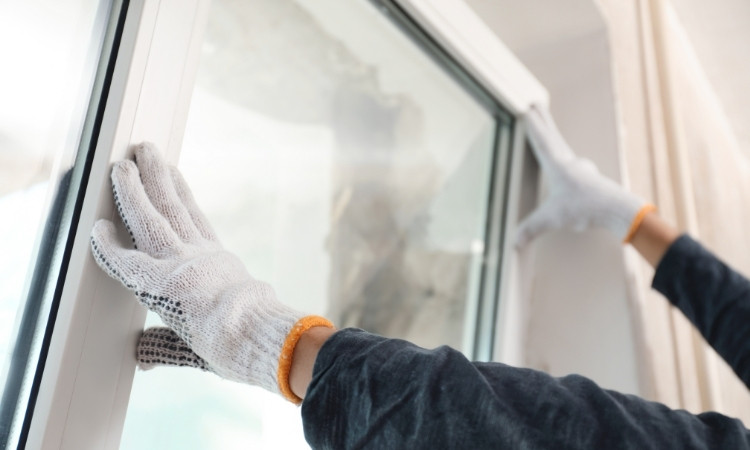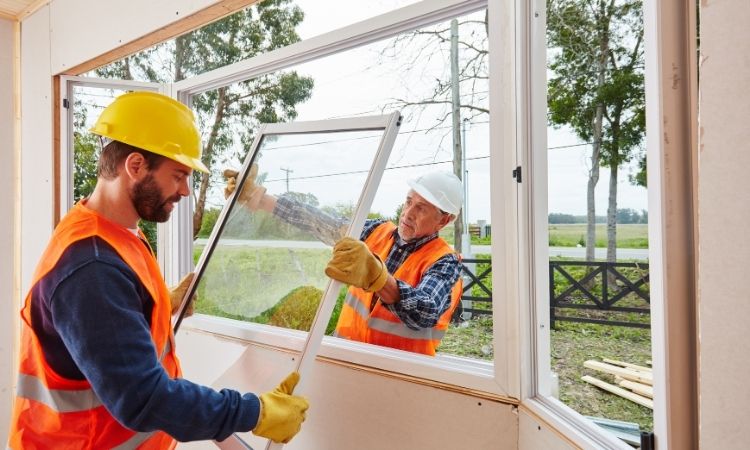In Singapore, it does not have to be daunting to install a window on a wall. This installation improves the look of a home and allows lighter air into a space. In Singapore, homes usually require better ventilation and natural lighting due to the tropical climate. Therefore, windows can make a big difference, but it requires careful preparation and attention to detail. This is a straightforward guide to help you complete the task effectively.
LS Window Repair Services Singapore explains the complete process of install a window on a wall. Moreover, their window repair, window seal replacement, and pane replacement services stand out in the competitive commercial market of Singapore.
Planning Your Window Installation in Singapore
First, you need to decide where you want the window to be placed. Choose a location that allows light and air to flow into the room and also maintains privacy. Think about how the window will improve the space. For example, if you place it on a north-facing wall, it can provide soft and even lighting throughout the day. When you pinpoint the location, measure the dimensions carefully.
The size of the window should suit the available wall space and the design of the room. Verify these measurements to avoid errors during installation. It is also crucial to understand the type of wall you are working with. If the wall bears the weight of the building, cutting into it can affect the stability of the building. Consult an expert to determine if structural adjustments are needed before proceeding.

Gathering Tools and Materials
For installing a window, you will need tools like a saw, drill, level, measuring tape, and hammer. Therefore, ensure to also have caulk, screws, and nails on hand. Moreover, choose a window style that fits your needs. Windows and casement designs are some of the popular options in Singapore.
Ensure that the window materials comply with local regulations. For homes under the Housing and Development Board (HDB), there are specific rules to follow. Therefore, it is essential to check these guidelines before starting the project.
Creating the Wall Opening
After preparing the area, make the area where the window will be installed. Use a level to ensure the lines are straight and even. Carefully cut the opening using a saw. If the wall is concrete or brick, you will need special equipment like a rotary hammer drill.
Be careful when cutting to avoid hitting pipes and electrical wires hidden in the wall. When the opening is complete, clean the edges and remove debris. A smooth opening ensures the window frame fits perfectly.
Install a Window Frame
Place the window frame into the prepared opening. Use a level to ensure it is straight and perfectly aligned. If it is uneven, add spacers to correct the position. Place the frame on the wall with screws or nails. Make sure it is firmly attached.
A loose frame can cause issues later, and include drafts and leaks. After connecting the frame, apply sealant around the edges to prevent water and air from entering. This step is especially important due to Singapore’s humid and rainy weather.

Install a Window Pane
Carefully place the glass panes into the frame. Make sure they fit perfectly. Set the panes using rubber gaskets or putty. This helps keep the glass in place and prevents leaks.
If the window has multiple panels, repeat the process for each one. After the glass is in place, check the window to ensure it opens and closes properly. Adjust the hinges and tracks if needed.
Sealing and Final Touches
To finish the installation, apply caulk or weatherproof sealant to all gaps around the window. This step helps keep moisture out and improves energy efficiency by sealing the space.
Clean the window thoroughly and inspect the installation for any gaps and misalignments. Fix the issues before completing the project. Once the window is secure, you can repaint or touch up the surrounding wall to match the rest of the room.
Conclusion
In conclusion, it can transform a space to install a window on a wall in Singaporean homes. It brings in light and fresh air and makes the room more comfortable and functional. In Singapore, this project is especially beneficial due to the humid and warm climate. By following these steps carefully, you can complete the installation with confidence.

